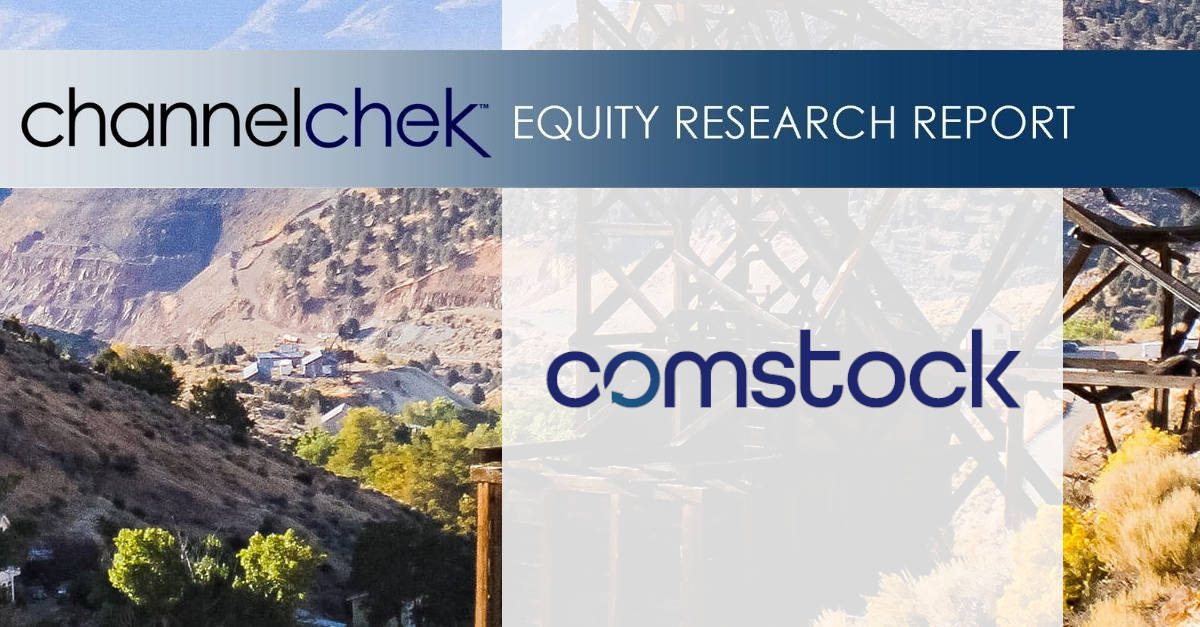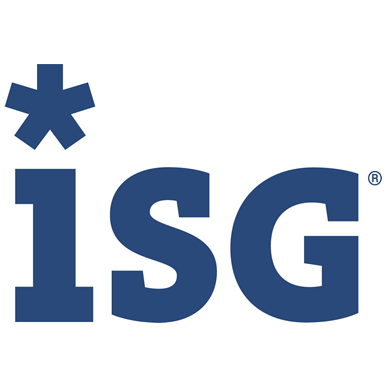| Key Points: – The S&P 500 falls 1%, heading for its worst weekly performance since March 2023. – Weaker-than-expected August jobs report sparks concerns about the U.S. economy. – Tech giants like Amazon and Alphabet lead the market decline, with the Nasdaq shedding 2.5%. |
Friday saw the S&P 500 take a sharp 1% drop, closing out its worst week since March 2023. The selloff came in response to a weak August jobs report and a broader selloff in technology stocks, as investors grew increasingly concerned about the state of the U.S. economy.
The broad-market S&P 500 index dropped 1.7% for the day, while the tech-heavy Nasdaq Composite sank by 2.5%. The Dow Jones Industrial Average also fell, losing 410 points, or about 1%.
According to Emily Roland, co-chief investment strategist at John Hancock Investment Management, the market’s recent volatility has been largely sentiment-driven. Investors are torn between fears of economic slowdown and hopes that weaker economic data may force the Federal Reserve to step in with more aggressive rate cuts.
“The market’s oscillating between this idea of is bad news bad news, or is bad news good news,” Roland said. Investors are grappling with the possibility that soft labor market data might push the Fed to cut interest rates more sharply than initially anticipated.
The technology sector bore the brunt of the selloff on Friday. Megacap tech stocks, including Amazon and Alphabet, were hit hard, both losing over 3%. Microsoft and Meta Platforms also saw losses exceeding 1%. Meanwhile, chip stocks faced a particularly tough day, with Broadcom plummeting 9% after issuing weak guidance for the current quarter. This dragged down other semiconductor players like Nvidia, Advanced Micro Devices (AMD), and Marvell Technology, each falling over 4%.
The VanEck Semiconductor ETF, which tracks the performance of major semiconductor companies, dropped 4%, making this its worst week since March 2020. Investors appeared to be fleeing high-growth, high-risk sectors like tech as concerns about the broader economic slowdown took center stage.
Adding to the uncertainty was the August nonfarm payrolls report, which showed the U.S. economy added just 142,000 jobs last month, falling short of the 161,000 that economists had anticipated. While the unemployment rate dipped slightly to 4.2%, in line with expectations, the soft job creation numbers are fueling fears of a weakening labor market.
The weaker jobs data has heightened worries about the U.S. economy’s trajectory, further spooking already jittery markets. Charles Ashley, a portfolio manager at Catalyst Capital Advisors, noted that the market is currently in a state of flux, with investors looking to the Federal Reserve for clearer direction.
Market expectations have shifted sharply in response to the data. Investors now widely expect the Fed to cut rates by at least a quarter of a percentage point at its September policy meeting. However, the deteriorating labor market has raised speculation that the Fed may opt for a larger, 50 basis point rate cut instead.
According to the CME Group’s FedWatch tool, nearly half of traders are pricing in the likelihood of a 50 basis point rate reduction in light of the softening economic conditions.
Friday’s jobs report capped a turbulent week for equities, with the S&P 500 and Nasdaq both posting their worst weekly performances in months. The S&P 500 is down about 4% for the week, while the Nasdaq shed 5.6%. The Dow didn’t fare much better, dropping 2.8%.
As investors brace for the Federal Reserve’s next move, volatility in the market seems likely to persist, especially as concerns about the health of the U.S. economy continue to mount.







